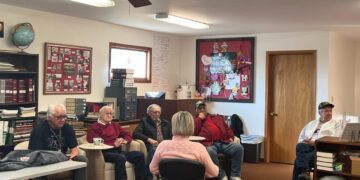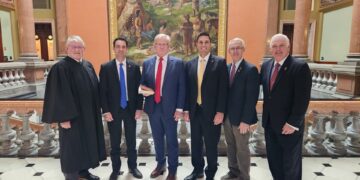How contemporary education fetishizes the bad and the broken in American life. Robert Pondiscio writes:
On a mild October night in 1962, a frightened housewife, eight months pregnant, climbed into bed in Yonkers, New York, with her two-year-old daughter. Her husband was at work on the West Coast and not with his family on what she felt certain would be the last night of their lives. Laying down in the dark holding her child, she cried and prayed until sleep overtook her.
Morning came and they were both still alive, not incinerated in bed as she had feared after President Kennedy shocked the nation with his televised address on the Cuban missile crisis the night before.
I was born five weeks later. Days before my first birthday, Kennedy was shot to death in Dallas. By the time I started kindergarten on Long Island, nearly 30,000 American GIs had been killed in Vietnam. I learned to read in Mrs. Bobrowitz’s first-grade class the same year Martin Luther King Jr. was assassinated; race riots tore apart Washington, D.C., Baltimore, Chicago, and other cities the summer before I started second grade. My elementary-school years were marked by levels of domestic unrest and political violence that in retrospect stagger the imagination. There were more than 1,900 domestic bombings in 1972 alone. Airplane hijackings were common. My dad flew for American Airlines.
[Robert Pondiscio, "The Unbearable Bleakness of American Schooling," Commentary, February]







